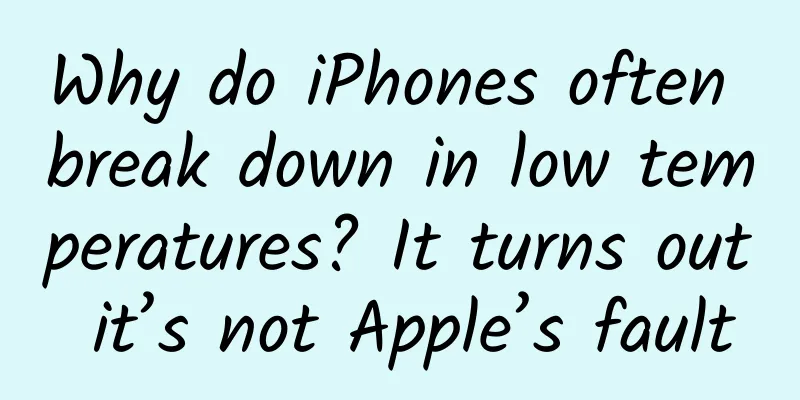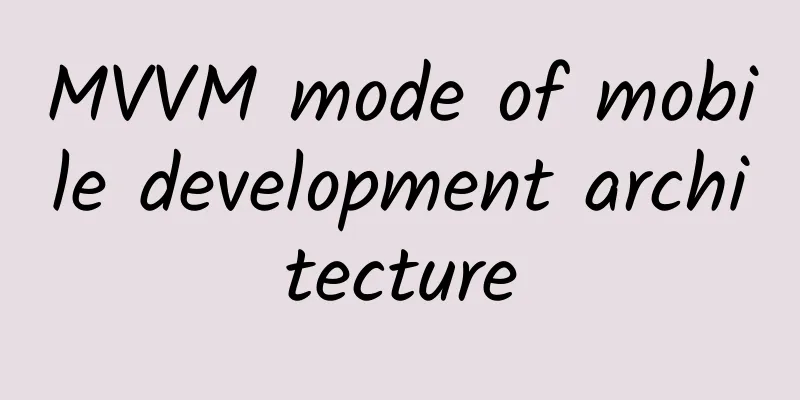Why do iPhones often break down in low temperatures? It turns out it’s not Apple’s fault

|
Recently, there have been many discussions about the iPhone 6s automatically shutting down. Although Apple has taken certain measures to deal with it, such as informing users to use their iPhones at suitable temperatures and providing battery replacement services for designated batches of iPhones, things are often more complicated than imagined. Users still complain about their iPhones, especially with the coming of winter, when the outdoor temperature is getting lower and lower, and the phenomenon of automatic shutdown of mobile phones is becoming more and more frequent. Even the Android phone in my hand has experienced a similar phenomenon. It can be seen that low temperature has indeed become one of the reasons for the automatic shutdown of mobile phones, and questions have also arisen. Why do smartphones made of precision electronic components repeatedly shut down at low temperatures? As a winner of Toutiao's Qingyun Plan and Baijiahao's Bai+ Plan, the 2019 Baidu Digital Author of the Year, the Baijiahao's Most Popular Author in the Technology Field, the 2019 Sogou Technology and Culture Author, and the 2021 Baijiahao Quarterly Influential Creator, he has won many awards, including the 2013 Sohu Best Industry Media Person, the 2015 China New Media Entrepreneurship Competition Beijing Third Place, the 2015 Guangmang Experience Award, the 2015 China New Media Entrepreneurship Competition Finals Third Place, and the 2018 Baidu Dynamic Annual Powerful Celebrity. |
>>: Starting from 209,800 yuan, Xpeng P7+ starts pre-sale at Paris Motor Show
Recommend
Did the male mantis in "Black Cat Sheriff" really volunteer to be eaten?
If dating means potentially losing your life, wou...
Dingdang Express APP Product Analysis
As epidemic prevention and control becomes normal...
I pull bird nets, catch birds, and shoot them, but I am a bird protector
Editor’s Note: After the last "Meeting Birds...
Why doesn't the MacBook Air have a Retina display?
Another Apple product launch has ended, and we st...
Garden seedlings mini program development function, how much does it cost to develop a garden seedlings mini program?
Nowadays, people's awareness of environmental ...
After 2 years at Tencent, I have benefited a lot from these 15 operational experiences!
What kind of preparation and capabilities are nee...
How to promote bidding? Just read this article!
As a newbie in bidding, you may have this questio...
“Sea Wolf crashed into the mountain”, is it really because the active sonar was not turned on?
Produced by: Science Popularization China Produce...
[Umeng+] Li Danfeng: Insight into the business secrets of big data from user behavior data
[51CTO.com original article] The WOT 2016 Big Dat...
Analysis of 6 popular brand marketing cases!
Internet restructuring, new moves for brands. Viy...
How can I retrieve my Mini Program account? What should I do if I forget my Mini Program login password?
Q: How do I retrieve my Mini Program account? Wha...
3 strategies for native advertising!
Only by using fewer "tricks" can you tr...
Europe strikes back at Silicon Valley giants
The Guardian website of the United Kingdom recentl...
With the world’s longest battery life and the support of Huawei 5G, how confident is the Aion LX, which claims to be a supercar SUV?
On August 29, GAC New Energy released its flagshi...
Photography O2O is on the rise and the scope of gold mining is gradually expanding
Judging from the current status of the traditiona...









